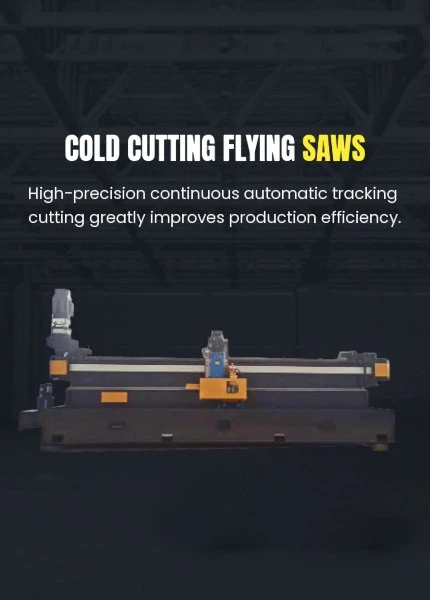molds & plastic machinery
Molds and Plastic Machinery The Backbone of Modern Manufacturing
In today’s fast-paced industrial landscape, molds and plastic machinery play a pivotal role in the production processes of countless industries. From automotive components to consumer products, the ability to produce high-quality, precise, and consistent plastic parts is critical. This article delves into the importance of molds and plastic machinery, exploring their functions, types, advancements, and the future of this essential sector.
Understanding Molds
Molds are tools used to produce parts by shaping liquid or pliable materials. In the context of plastics, molds are typically made from durable metals or alloys that can withstand high temperatures and pressures. The mold-making process involves designing a specific cavity that will give the final product its shape. This process is highly precise — even minor errors in the mold can lead to defects in the final product, emphasizing the need for meticulous craftsmanship and advanced technology.
Types of Molds
There are several types of molds used in the plastics industry, each tailored for different applications
1. Injection Molds These are the most common type of molds used in plastic manufacturing. Heated plastic pellets are injected into a mold cavity under high pressure, where they cool and solidify to form the desired part. Injection molding is known for its efficiency and ability to produce complex shapes with high precision.
2. Blow Molds Used primarily for hollow plastic products, blow molds work by inflating hot plastic into a mold cavity using air pressure. This method is widely used in the production of bottles and containers.
3. Compression Molds In this method, preheated plastic material is placed into a mold and then compressed to shape. Compression molding is often used for large items and is particularly effective for thermosetting plastics.
4. Rotational Molds This type is used to create large, hollow objects. The mold is rotated while heated plastic is added, allowing the material to coat the interior surface evenly.
The Role of Plastic Machinery
molds & plastic machinery

Plastic machinery encompasses a wide range of equipment used in the manufacturing process. This includes injection molding machines, extrusion machines, blow molding machines, and ancillary equipment such as chillers, conveyors, and robotics. Each machinery type serves a specific function but is closely integrated into the overall production line.
- Injection Molding Machines These machines are designed to melt the plastic, inject it into molds, and then cool and eject the final product. They come in various sizes and designs, catering to small-scale operations and large industrial environments.
- Extrusion Machines Extrusion involves forcing plastic through a die to create long shapes, such as pipes, sheets, and films. This process is continuous, allowing for high-volume production.
- Blow Molding Machines Used for creating hollow plastic products, these machines operate by blowing air into molten plastic, forming containers and varied shapes.
Advancements in Technology
The plastic manufacturing industry is continually evolving with technological advancements. Innovations such as 3D printing, automation, and advanced materials are reshaping how molds and machinery operate. For instance, 3D printing technology allows for rapid prototyping of molds, reducing production lead times and costs. Additionally, automation in manufacturing processes helps improve efficiency, reduce human errors, and enhance production speed.
Sustainability is also becoming a focal point in the plastics industry. The development of biodegradable plastics and recyclable materials, along with more energy-efficient machines, reflects a shift towards a greener approach to manufacturing.
The Future of Molds and Plastic Machinery
Looking ahead, molds and plastic machinery are expected to play an even more significant role in supply chains across various sectors, including automotive, medical, and packaging industries. As consumer demands for custom products increase, the ability to swiftly produce tailored solutions will be crucial. Moreover, the integration of smart technology and IoT in manufacturing processes will facilitate real-time monitoring and optimization, further enhancing productivity and reducing waste.
In conclusion, molds and plastic machinery are indispensable to modern manufacturing. As technology advances, staying ahead in this field will require innovation, adaptability, and a commitment to sustainability. Embracing these changes will not only benefit manufacturers but also contribute to a more efficient and environmentally friendly future.
-
High Frequency Straight Seam Welded Pipe Production Line-BzZhou Xinghua Machinery Equipment Manufacturing Co., LTD.|line pipe steel&welded gas pipeNewsJul.30,2025
-
High Frequency Straight Seam Welded Pipe Production Line-BzZhou Xinghua Machinery Equipment Manufacturing Co., LTD.|High Precision&Automated SolutionsNewsJul.30,2025
-
High Frequency Straight Seam Welded Pipe Production Line - BzZhou Xinghua Machinery Equipment Manufacturing Co., Ltd.NewsJul.30,2025
-
High Frequency Straight Seam Welded Pipe Production Line-BzZhou Xinghua Machinery Equipment Manufacturing Co., LTD.|Precision Welding, High EfficiencyNewsJul.30,2025
-
High Frequency Straight Seam Welded Pipe Production Line|BzZhou Xinghua|Precision Welding&EfficiencyNewsJul.30,2025
-
High Frequency Straight Seam Welded Pipe Production Line - BzZhou Xinghua|Precision Engineering&EfficiencyNewsJul.30,2025


